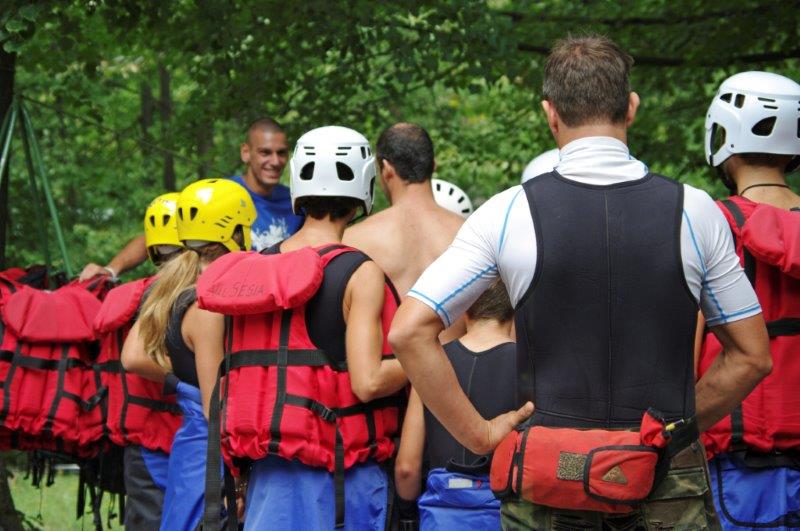An atmospheric Neolithic burial chamber made of great stone slabs, in the hills above Herefordshire's Golden Valley.
Legend has it that King Arthur slayed a giant at this location. An atmospheric Neolithic burial chamber, made of nine great stone slabs in the hills above Herefordshire's Golden Valley.




